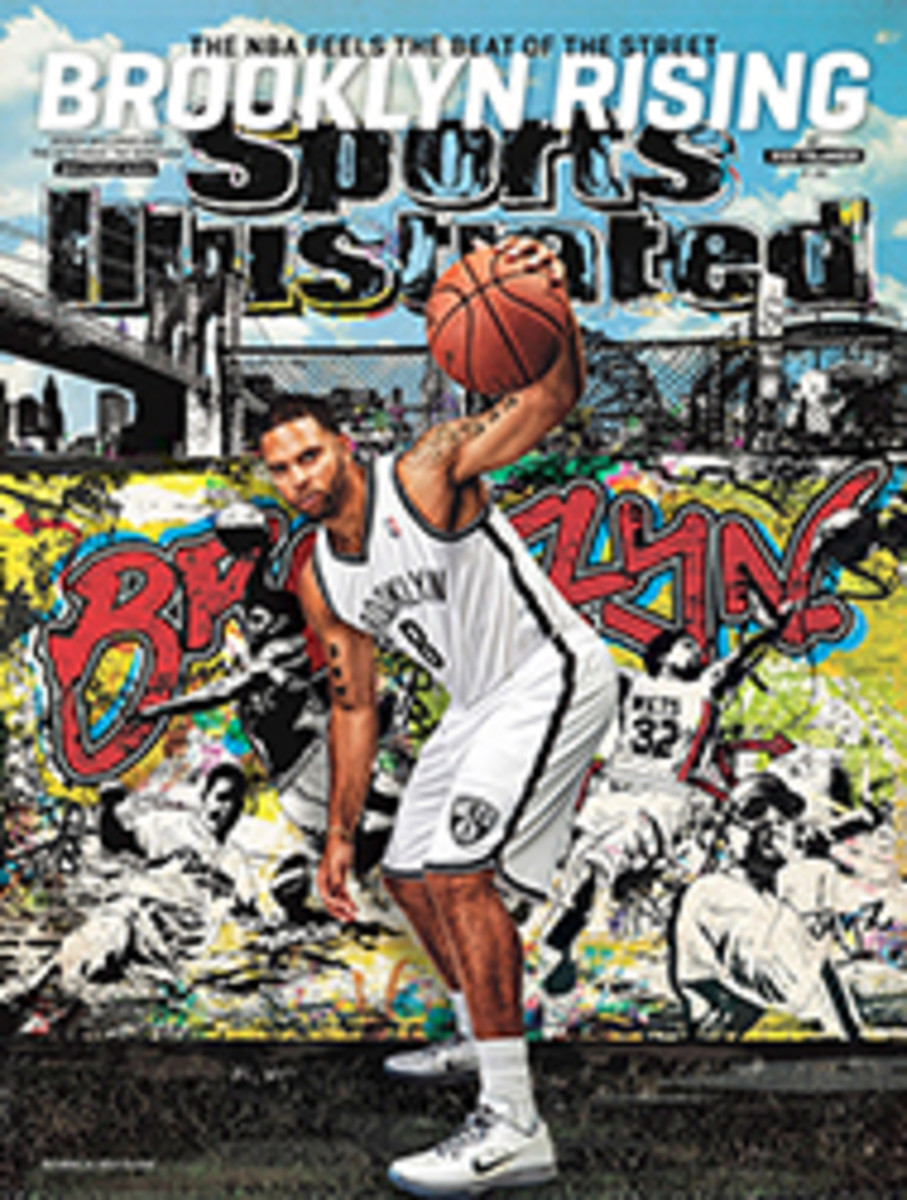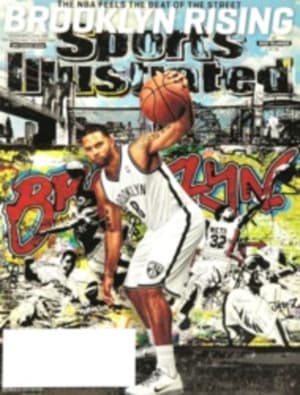
The Case For ... The Stiff-Arm
In straight-arm destructiveness, it's hard to imagine many players topping LaDainian Tomlinson, whose most underrated weapon during 11 years with the Chargers and Jets was a lethal gloved hand exploded into a defender's chest or face. And so in seeking to better understand the mechanics of the underrated and underused move, I consulted the recently retired back, who explained, "You don't want to throw it too early; you want to catch the guy off guard. What you're trying to do is punch straight through the guy."
That last notion gave LT pause. "It's funny," he said. "The league has outlawed the head slap and things like that. You wonder if one day they'll take away the stiff-arm."
Take away the stiff-arm? To be clear: This is not on the league's radar. The competition committee has not discussed eliminating a practice that is as old as the game itself, that evokes Walter Payton and the Heisman trophy. Ballcarriers extend their arms as instinctively as divers hold their breath in a pool.
Still, in this age of player safety and hypersensitivity to head hits, it's reasonable to think the topic will be broached. Rules already prohibit hitting offensive linemen and wideouts in the face.
And so let this serve both as a plea to running backs that they study up, and as a vote for preserving the stiff-arm, if it ever gets to that point.
Why? Talk to Hall of Fame safety Ronnie Lott about today's game and he often comes back to "wooo" moments—big hits that take the collective breath from a stadium. Few plays in football can match in wooo-ness, for example, Tomlinson's stiff-arm against the Rams in 2006, when he jammed a hand into the face mask of St. Louis safety Oshiomogho Atogwe, sending his helmet flying. Wooo! Or Marshawn Lynch's power shove in the '10 playoffs, when the Seahawks back sent Saints corner Tracy Porter sprawling to the turf as Lynch slalomed 67 yards to a score. Double woooooo!
Impromptu as these plays appear, a good stiff-arm is as much science as it is instinct. Backs are taught to target the chest and face. A strong enough jam to the rib cage and a defender will fall back, unable to wrap his arms. A blow to the face and he is briefly blinded.
"We're behind the eight ball on a lot of stuff as far as the rules are concerned," says Colts safety Antoine Bethea, speaking up for the stiff-armed. "Having a stiff-arm in your arsenal is a hell of a weapon. It can gain [a ballcarrier] another five or 10 yards."
Through Sunday, Lynch, perhaps the league's best stiff-arm artist, was No. 2 in rushing yards (508); through four weeks he was No. 1 in yards after contact (238). Jacksonville's Maurice Jones-Drew, another student of the craft, has ranked second in postcontact yardage and finished among the top five rushers in each of the past three seasons, aided by his ability to keep defenders away from his chest and legs in one-on-one situations.
Which isn't to say that all stiff-armers are built the same. Six-foot-one Raiders running back Darren McFadden, for instance, extends his long arms early, as defenders approach. The shorter-armed Jones-Drew (5'7") and Lynch (5'11") wait until opponents get close, then jab with an open hand, angling their bodies to shove the opponent aside while moving forward.
"You've got to wait until they get close enough—but you can't wait too long," says Lynch. "You've just got to have a feel."
Find that feel and a stiff-arm can neutralize and demoralize a wannabe tackler, and ignite a stadium. Lynch is one of the league's more physical backs, and when he gets into a groove he calls it Beast Mode. It speaks to the core of football: physical domination, breaking an opponent's will.
"McFadden and Jones-Drew use the stiff-arm as a weapon, but they pick and choose," says Tomlinson. "Lynch seems like he runs just to stiff-arm somebody."
And I can relate to that: a guy who can't live without the wooo!
FOLLOW @SI_JimTrotter
Few plays in football can match it for wooo-ness.
PHOTO
GEORGE HOLLAND/CAL SPORT MEDIA
MARSHAWN LYNCH

